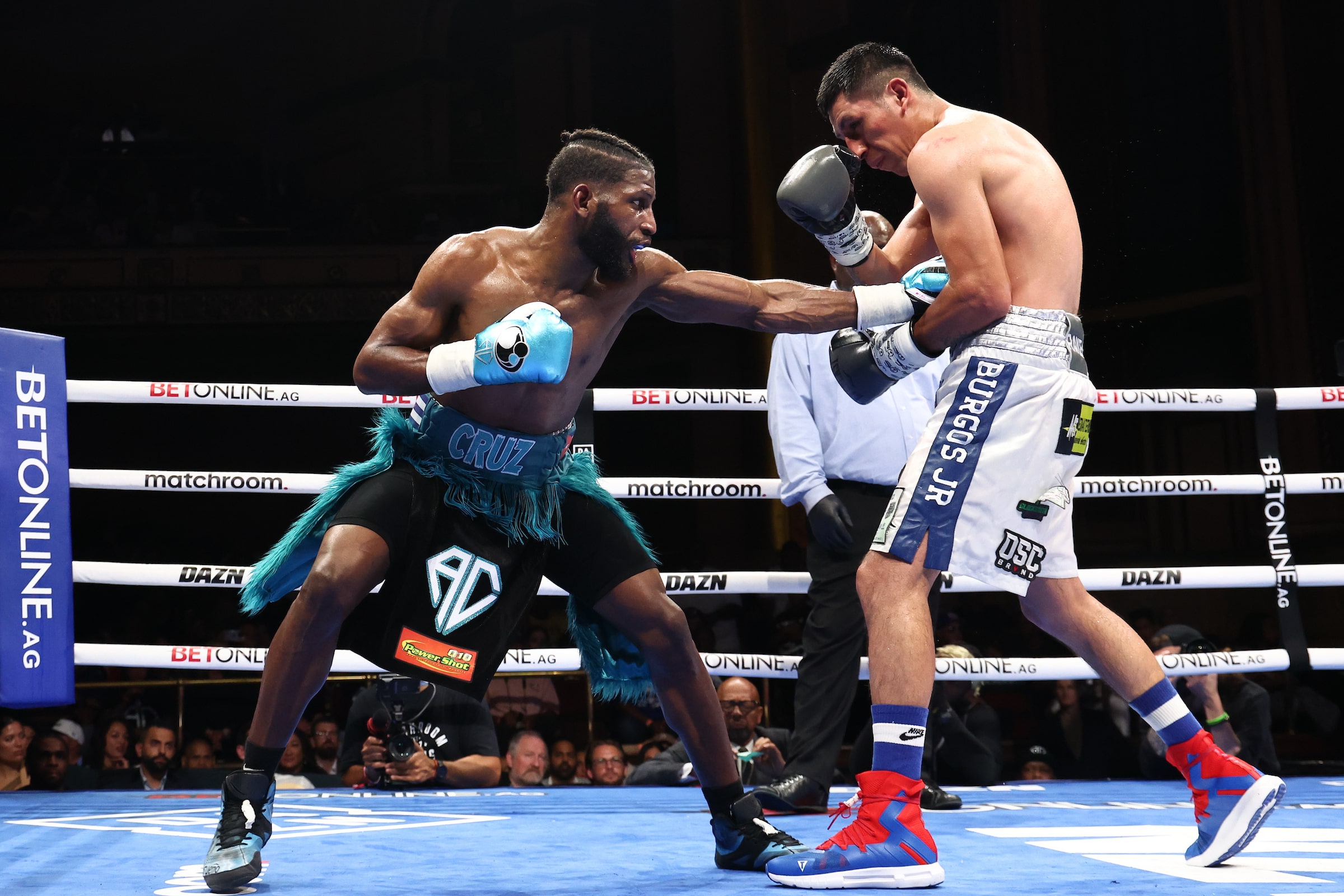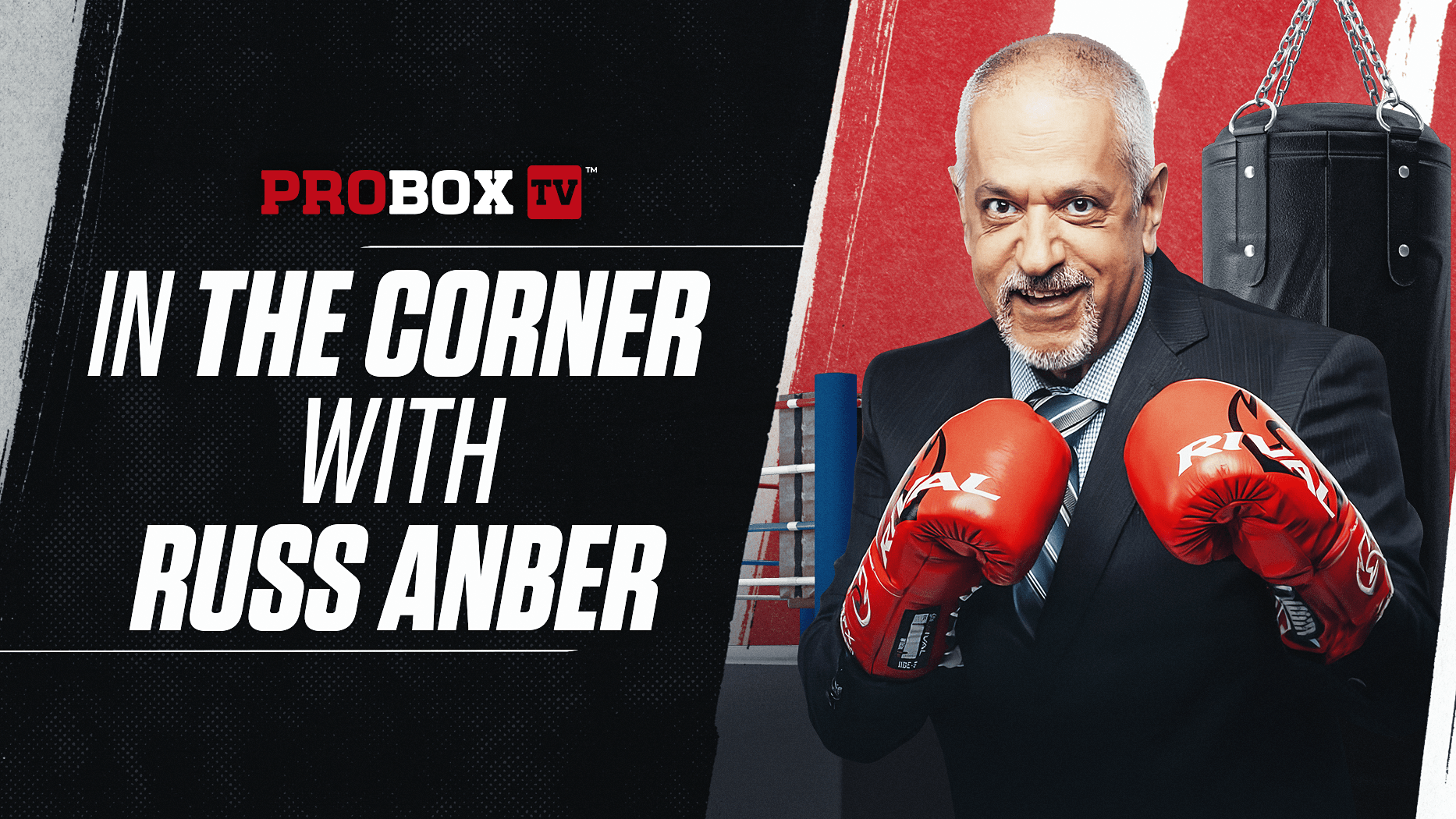Seeing Andy Cruz win on his professional debut, against Juan Carlos Burgos in Detroit, at the weekend I was struck by the high expectations surrounding him and also reminded of how much the road from amateur to professional boxing has changed.
Nowadays it’s very rare for accomplished amateurs to not at least go on to achieve relative success as professionals. Matt Korobov might be one who’s fallen short, but it’s no longer as uncertain as it once was that amateurs becoming professionals won’t succeed – especially in the context of those from the East. Eastern European fighters typically have great experience and conditioning – the Klitschko brothers, Gennady Golovkin, Vasily Lomachenko, Oleksandr Usyk, Artur Beterbiev and more have all had great success – and the next generation are following in their footsteps.
For a significant period in the history of boxing, world champions were only world champions of part of the world – fighters from the old Eastern Bloc were excluded from that picture. There was a time when after Olympic Games you’d rarely, if ever, see those fighters again – we missed out on an era of potentially great fighters. Today, that’s changed.
Cruz might yet prove Eddie Hearn right for saying that he could become Matchroom’s “biggest signing”. He has great pedigree.
But there’s always those intangibles. How will he respond to existing in the free world and in professional boxing? Will he commit to the sport like he did as an amateur? Providing he – or any other top-level amateur – does so, those intangibles become secondary to their skill level (I couldn’t help but think that Andy Ruiz’s amateur pedigree was being overlooked when he replaced Jarrell “Big Baby” Miller as Anthony Joshua’s opponent in 2019. He’d been around. He’d handled big opponents).

Amateur boxing’s experienced numerous trends of fighting styles. There used to be very little difference between amateur and professional boxing. Eastern Europeans could struggle as professionals; the USA performed strongly; Cubans made a success of a combination of an Eastern European training regime and a North American fighting style. The transition was a more natural one – the focus would become on going more rounds, and learning the pace of professional boxing and how to fight on the inside.
The changes seen since the debacle surrounding Roy Jones Jr at Seoul ‘88 transformed amateur boxing completely. Aggression and body punching, for example, aren’t rewarded; it became about a clean shot landing and a judge pushing a button, as was shown by the way fighters from the West started to struggle. In turn, professional boxing also started to change – it often became about a contrast of styles over 12 rounds.
It’s that ability to fight inside – like Roberto Duran, or Julio Cesar Chavez – that even the top amateurs most commonly need to learn if they are to succeed in professional boxing, Even among the professionals it often feels like it’s become a neglected art form.
The influence of Lomachenko has meant decorated amateurs challenging for professional world titles more quickly than ever – and Cruz may become another. The risk of moving them along so quickly is that they don’t get the chance to adapt to what it takes to be a leading professional – including fighting on the inside. Even fighters like “Sugar” Ray Leonard and Howard Davis weren’t ready to be moved that quickly – as was proven by how competitive were the fights they ended up having.
Typically, the Cubans’ style of amateur boxing is closer than the Eastern Europeans’ is to what is seen among the professionals. When they were at their most successful they had the perfect blend of the Eastern European influence and what is demanded by professional boxing to effectively transition from one to the other. There are times that that style still almost looks made to order among the professionals today.
I can’t speak of the relationship that exists between Cruz and his trainer Derek “Bozy” Ennis. But what I can say is that when a fighter comes from a great amateur programme – and has therefore been around some great coaches – the fighter will quickly know how good his or her new trainer really is, and can potentially quickly lose respect for that new trainer. The relationship and belief in each other is what’s most important for Cruz and Ennis. If there is one thing that might concern me it is the ability to communicate the message you want to send the fighter. He needs to feel the essence of his trainers words and instructions. Cruz will have to grasp the English language quickly, and Ennis to brush up on his Spanish for that chemistry to blend.
I’ve often thought Joshua should still be with Rob McCracken, because McCracken was the glue that held everything together. The results he achieved with Carl Froch partly owed to how much trust and belief they had in each other. But before deciding on Derrick James, Joshua tried different trainers, which tells me he felt a connection with him. As is to be hoped for with Cruz and Ennis, that’s the most important thing.
Russ Anber is the founder/CEO of Rival Boxing, as well as a highly respected trainer (of both pros and amateurs), a gym owner, a cut-man, an entrepreneur, a broadcaster and one of the best hand wrappers in the boxing business. Vasiliy Lomachenko, Oleksandr Usyk, Artur Beterbiev and Callum Smith are among the many top boxers Russ works with.

